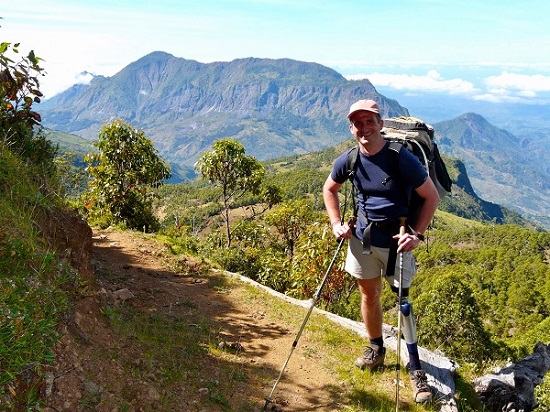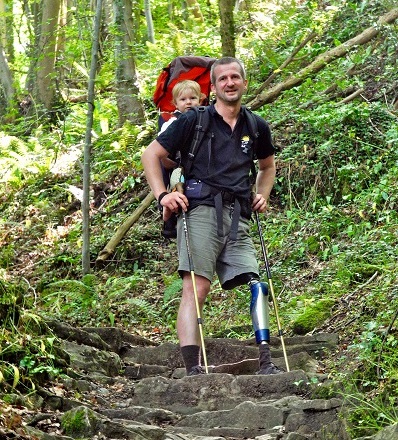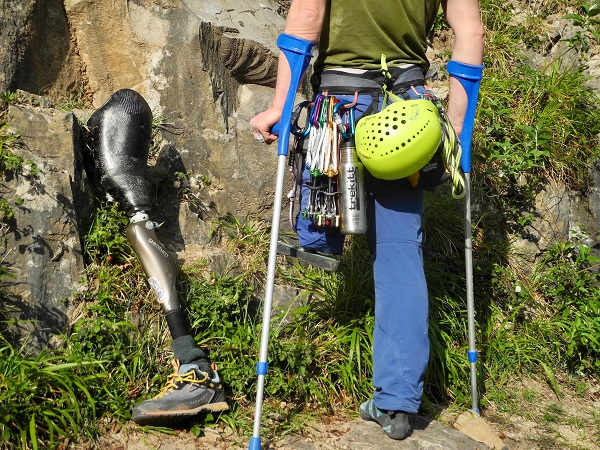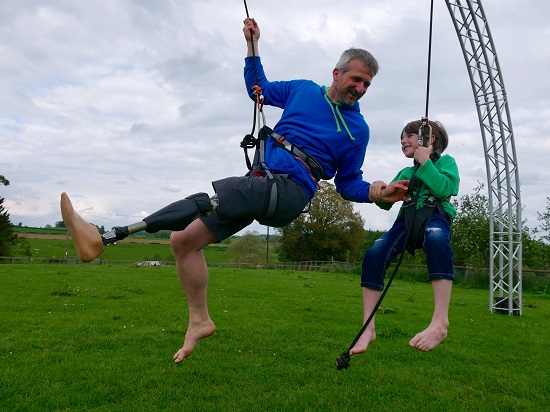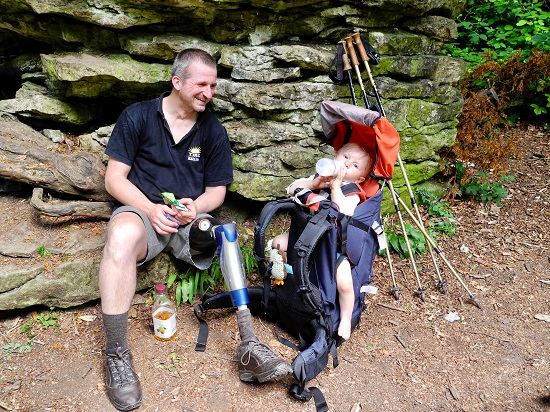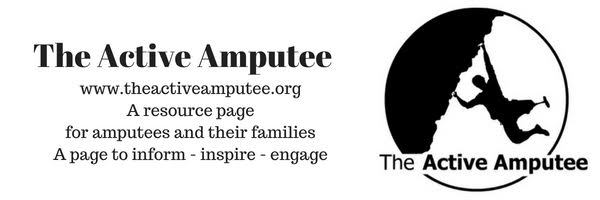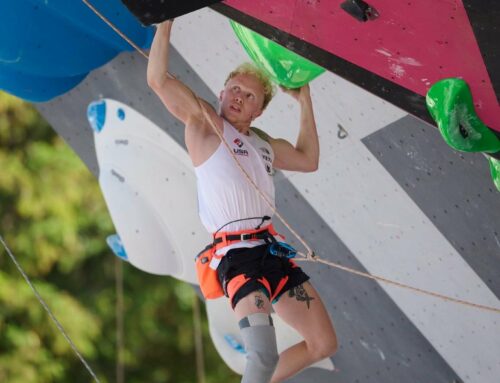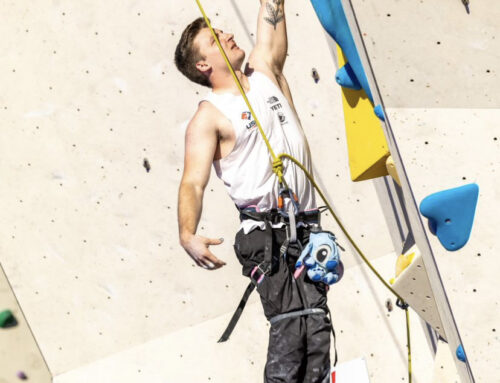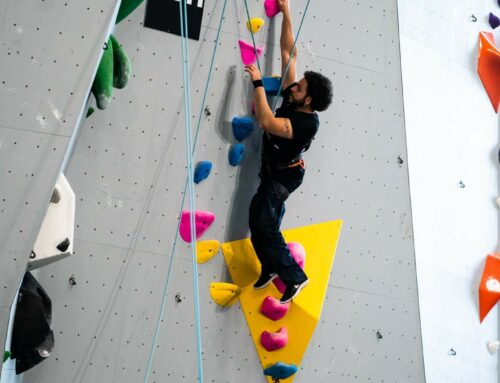Choosing the Right Prosthetic Device For You
By Bjoern Eser
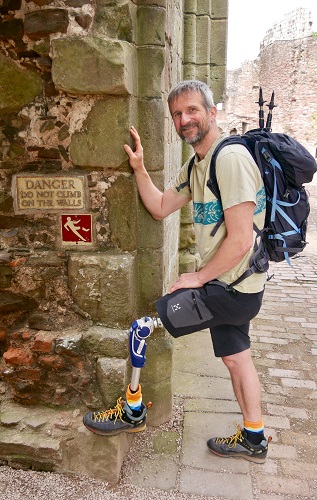 Making Informed Decisions Is Key To An Active Lifestyle
Making Informed Decisions Is Key To An Active Lifestyle
Most lower limb amputees know this problem: Finding the right prosthetic knee is not an easy task. For most of us it means working out the right compromise between our day-to-day needs, our spare time interests, and our ambitions for the next couple of years on the one hand and our health insurance plan and financial means on the other hand. This in itself is already rather complex. Things get even more complicated if we take into account that even the best of knees can only unfold its full potential if mounted under a well-fitting socket, combined with a good foot that suits our activity level.
So much for the theory. But what does this actually mean in practice? Well, there are several ways to go about dealing with this challenge. And there are significant differences depending on the country you live in and the health service that applies to you. So…
Depending On Others To Make Choices For You
If you are new to the amputee life, finding the right right knee (and foot and socket) for you more often than not means relying on others to make the – hopefully – right decisions. Depending on the country you live in, the most likely scenario is that after the amputation you are referred to a prosthetist. He or she will assess you and your situation, both in terms of your physical conditions and needs as well as your life style and aspirations as an amputee. He or she will then walk you through the options you have, explain the pros and cons of various prosthetic knees, outline the cost implications, and what is or is not covered through your national health service or insurance plan. You then have to make a decision about how you want to proceed.
Sometimes there might be the additional opportunity to try out some of the knees/feet that are most likely to suit your needs before making the final decision. But this is not a given and depends a lot on the country you live in and the service providers you work with. If you have this opportunity make sure you use it. There is nothing like first-hand experience. And be aware that once you made the decision – and in many cases the immense investment – and settled on one prosthesis or another you are stuck with it for the next five to seven years.
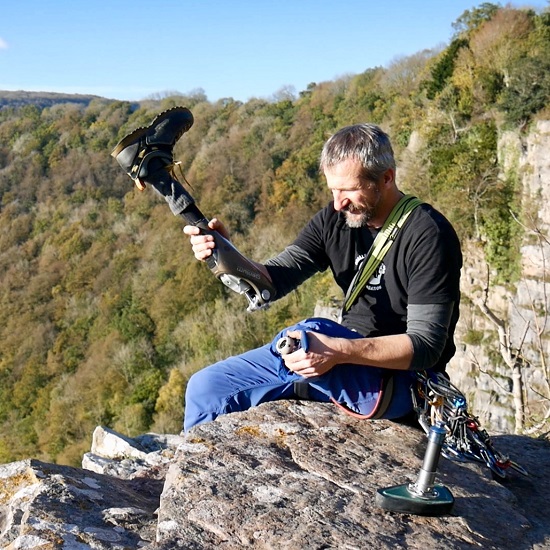 Moving Into The Driver’s Seat
Moving Into The Driver’s Seat
More experienced amputees often have a much better idea of what they need. Often they can draw on plenty of first-hand experience in a variety of situation. Many have used different models over the years and learned to appreciate the pros and cons of various knees and feet. Based on this knowledge, they can make an informed decision about the next prosthesis they would like to get, which features it should have, and which features they are happy to live without.
Many people who have been amputees for a longer period of time are in regular exchange with others who suffered limb loss. They are active on forums, in discussion groups, and have had contact with support groups and charities. But even then, engaging in in-depth discussions with your prosthetist is an essential part of the process of choosing the right prosthetic knee. And hopefully – as mentioned above – you have the opportunity to trial your favored knee-foot-combination before making your final decision.
Having A Trusted Prosthetist At Your Side
Why do I think that an in-depth discussion with an experienced prosthetist is essential? Or even better with a team consisting of a prosthetist and a physiotherapist with years of experience with amputees? Well, I think despite all the information you get from your exchange with other amputees, from the internet, and from other sources, your prosthetist still your most important partner in this process helping you to navigate an increasingly complex landscape.
For many of us, the temptation is high to go for the most advanced microprocessor knee, if we can afford it. But there is more to making this decision than aiming for the newest top-of-the-range product. Will this knee work with the foot you have in mind? How long will the battery last with one charge? And how important is it for you to be able to be away from the next charging option for extended periods of time? Can you change setting by yourself or do you have to go to a prosthetist every time this needs to be done? If that is the case, how far are you away from the next prosthetist? What about reliability; i.e. a knee might be great when it works. But your prosthetist will know if it is prone to failure. He or she will be able to tell you details about service and maintenance, warrantee issues, potential cost implications if it needs to be repaired and the like.
Often your prosthetist – and sometimes a specialized physiotherapist – can draw on an immense wealth of experiences from other users and is more than willing to share. In some cases they might be able to directly connect you to the other users to foster a direct exchange. So, having the opportunity to engage in in-depth discussions with your prosthetist – and sometimes also with an experienced physiotherapist – is a key when looking for a new knee prosthesis.
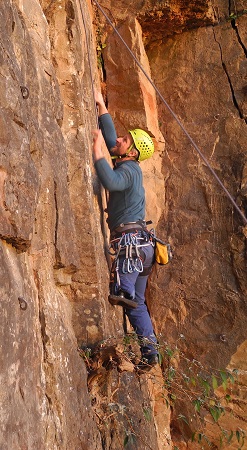 More Thoughts On Working With A Prosthetist
More Thoughts On Working With A Prosthetist
But finding an experienced prosthetist is only one aspect of the collaboration you are about to engage in (and here I take commitment and being willing to put in the time it needs for granted). The other important one is working style. And this is a matter of personal preferences and in many ways a question of what you are comfortable with.
I hope no one feels offended by the following lines! But as I think that the following issues are very important while at the same time they seem to be a bit of a taboo and people often don’t talk about them. I think it is essential that you trust your prosthetist and that you feel emotionally safe during the process from the initial assessment through getting a socket and testing the knee and the foot to being provided with a – hopefully – amazing prosthesis that will allow you to be active and live an independent and active life.
This process involves close physical contact. And unfortunately many of the problems around ill-fitting sockets, broken skin, and other problems all amputees are so familiar with are in areas we normally don’t talk about, where we don’t want other people’s hands, and where we are not too happy about endless trial and error processes. Some prosthetists are very hands-on. They shuffle alongside you on their knees while you walk and try to explain the problems with the socket. They need to feel how your muscles work during a given movement, how your back tenses during changes in the set-up etc. Other prosthetists work more from measurements, from observation, from the feedback the get from you and are rather hands-off in their approach.
I don’t think there is a right or wrong. For many amputees – myself included – the hands-on approach is perfectly fine as it often brings about amazing results. For others the mere idea of having another person touching you in these areas is somewhere between off-putting and repulsive. Add cultural differences, gender and generational issues and its quite a complex situation to navigate.
One lessons to draw here is the following. Make sure your prosthetist explains the process that lies ahead. Ask him or her all the details you are interested in. Ask not only about the what (what will happen) but also about the how (how will things be done and who will do it); for example will the initial diagnostic socket be built according to a scan, measurements, or a model that has been taken from your residual limb). Have an open an honest discussion with your prosthetist about what you expect and what level of physical contact is fine for you and what you are uncomfortable with. I know starting these discussion is not always easy. But getting the right prosthetics can be a long and often emotionally demanding process. There will be ups and downs. And you want to make sure you and your prosthetist have a trusted relationship. So try to cut out any unnecessary ‚sources of irritation and disturbing factors from the very beginning.
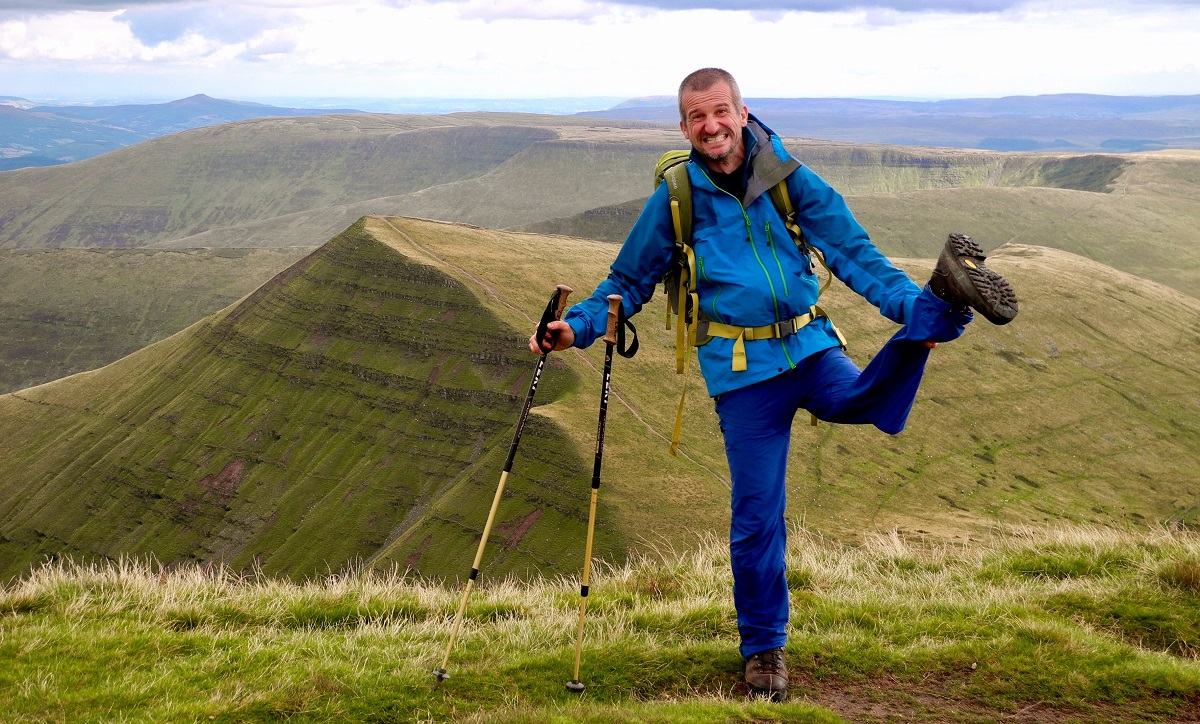
 Making Informed Decisions Is Key To An Active Lifestyle
Making Informed Decisions Is Key To An Active Lifestyle Moving Into The Driver’s Seat
Moving Into The Driver’s Seat More Thoughts On Working With A Prosthetist
More Thoughts On Working With A Prosthetist



